Yihang She
MAGIC: Modular Auto-encoder for Generalisable Model Inversion with Bias Corrections
May 29, 2024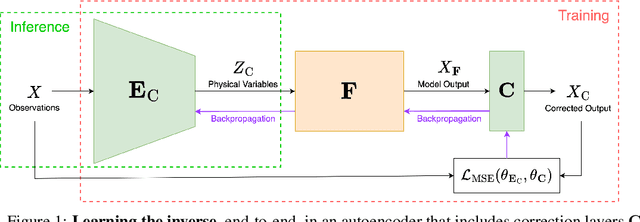


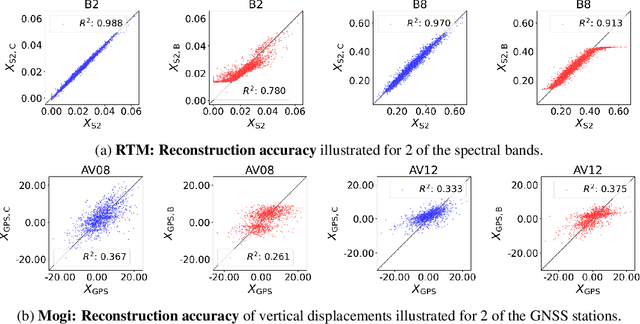
Abstract:Scientists often model physical processes to understand the natural world and uncover the causation behind observations. Due to unavoidable simplification, discrepancies often arise between model predictions and actual observations, in the form of systematic biases, whose impact varies with model completeness. Classical model inversion methods such as Bayesian inference or regressive neural networks tend either to overlook biases or make assumptions about their nature during data preprocessing, potentially leading to implausible results. Inspired by recent work in inverse graphics, we replace the decoder stage of a standard autoencoder with a physical model followed by a bias-correction layer. This generalisable approach simultaneously inverts the model and corrects its biases in an end-to-end manner without making strong assumptions about the nature of the biases. We demonstrate the effectiveness of our approach using two physical models from disparate domains: a complex radiative transfer model from remote sensing; and a volcanic deformation model from geodesy. Our method matches or surpasses results from classical approaches without requiring biases to be explicitly filtered out, suggesting an effective pathway for understanding the causation of various physical processes.
From Spectra to Biophysical Insights: End-to-End Learning with a Biased Radiative Transfer Model
Mar 05, 2024



Abstract:Advances in machine learning have boosted the use of Earth observation data for climate change research. Yet, the interpretability of machine-learned representations remains a challenge, particularly in understanding forests' biophysical reactions to climate change. Traditional methods in remote sensing that invert radiative transfer models (RTMs) to retrieve biophysical variables from spectral data often fail to account for biases inherent in the RTM, especially for complex forests. We propose to integrate RTMs into an auto-encoder architecture, creating an end-to-end learning approach. Our method not only corrects biases in RTMs but also outperforms traditional techniques for variable retrieval like neural network regression. Furthermore, our framework has potential generally for inverting biased physical models. The code is available on https://github.com/yihshe/ai-refined-rtm.git.
Fast Hierarchical Learning for Few-Shot Object Detection
Oct 10, 2022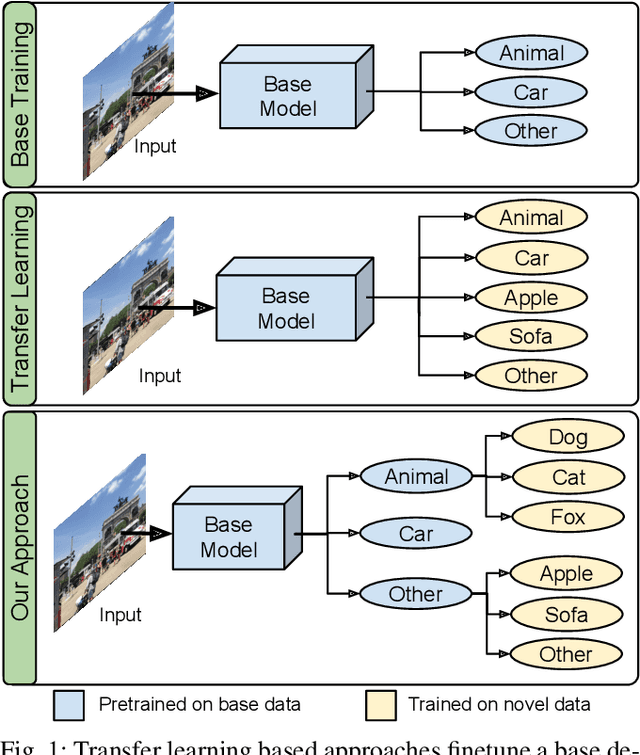


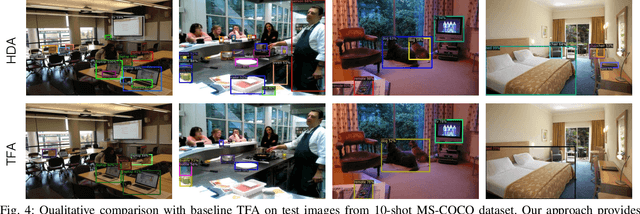
Abstract:Transfer learning based approaches have recently achieved promising results on the few-shot detection task. These approaches however suffer from ``catastrophic forgetting'' issue due to finetuning of base detector, leading to sub-optimal performance on the base classes. Furthermore, the slow convergence rate of stochastic gradient descent (SGD) results in high latency and consequently restricts real-time applications. We tackle the aforementioned issues in this work. We pose few-shot detection as a hierarchical learning problem, where the novel classes are treated as the child classes of existing base classes and the background class. The detection heads for the novel classes are then trained using a specialized optimization strategy, leading to significantly lower training times compared to SGD. Our approach obtains competitive novel class performance on few-shot MS-COCO benchmark, while completely retaining the performance of the initial model on the base classes. We further demonstrate the application of our approach to a new class-refined few-shot detection task.
Segmentation of Roads in Satellite Images using specially modified U-Net CNNs
Sep 29, 2021



Abstract:The image classification problem has been deeply investigated by the research community, with computer vision algorithms and with the help of Neural Networks. The aim of this paper is to build an image classifier for satellite images of urban scenes that identifies the portions of the images in which a road is located, separating these portions from the rest. Unlike conventional computer vision algorithms, convolutional neural networks (CNNs) provide accurate and reliable results on this task. Our novel approach uses a sliding window to extract patches out of the whole image, data augmentation for generating more training/testing data and lastly a series of specially modified U-Net CNNs. This proposed technique outperforms all other baselines tested in terms of mean F-score metric.
Digital Taxonomist: Identifying Plant Species in Citizen Scientists' Photographs
Jun 07, 2021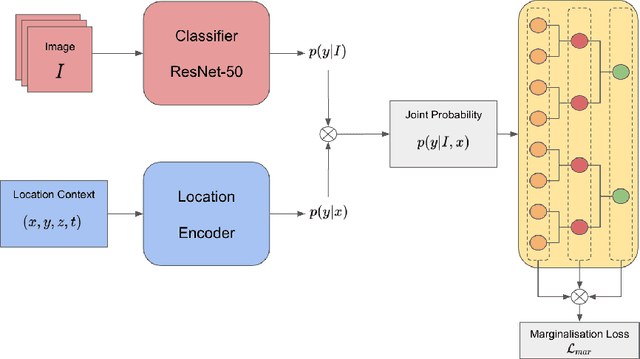
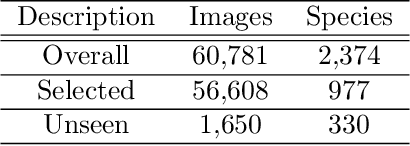
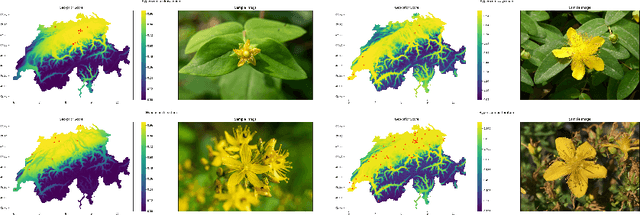

Abstract:Automatic identification of plant specimens from amateur photographs could improve species range maps, thus supporting ecosystems research as well as conservation efforts. However, classifying plant specimens based on image data alone is challenging: some species exhibit large variations in visual appearance, while at the same time different species are often visually similar; additionally, species observations follow a highly imbalanced, long-tailed distribution due to differences in abundance as well as observer biases. On the other hand, most species observations are accompanied by side information about the spatial, temporal and ecological context. Moreover, biological species are not an unordered list of classes but embedded in a hierarchical taxonomic structure. We propose a machine learning model that takes into account these additional cues in a unified framework. Our Digital Taxonomist is able to identify plant species in photographs more correctly.
 Add to Chrome
Add to Chrome Add to Firefox
Add to Firefox Add to Edge
Add to Edge